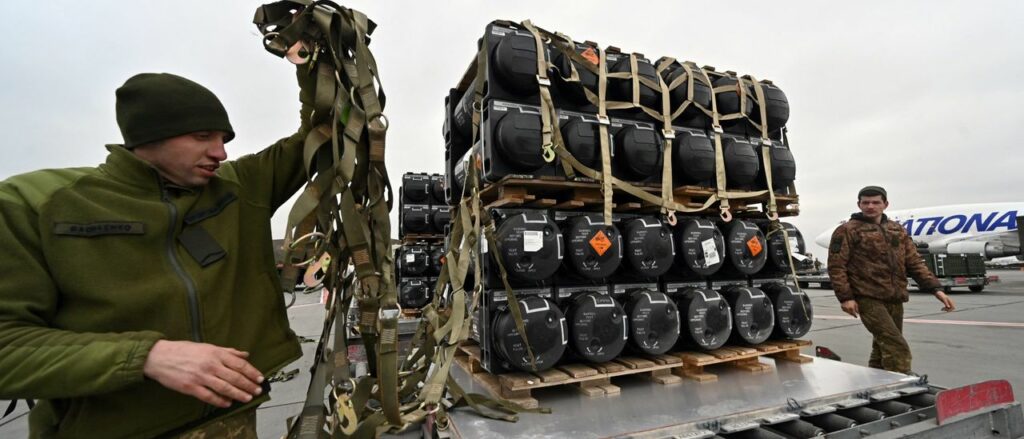If the US wants to continue backing Ukraine and prepare for battle with other superpowers, it needs to spend more significantly in arms and ammunition, according to experts.
Spending billions to strengthen Ukraine’s military as part of international efforts to back its resistance to the Russian invasion has depleted U.S. supplies and sparked worries that the West would weaken its military in response to China’s growing threat. The U.S. will need to drastically increase production, otherwise, it runs the risk of further depleting its arsenal and impairing its capacity to respond to threats from China and other prospective enemies.
“For U.S. policy makers, the critical question regarding our policy towards Ukraine is quickly becoming more a what we can do for Ukraine, not necessarily what we should do. U.S. stockpiles of munitions are becoming dangerously depleted and it will take years for U.S. production capacity to catch up.” Concerned Veterans for America senior advisor and Stand Together vice president for foreign policy Dan Caldwell told the DCNF.
Since the Russian invasion, the United States has provided $17.6 billion in security support; since August, the Pentagon has taken $10.5 billion in weaponry and equipment directly from American stocks using the president’s executive drawdown prerogative.
According to an information sheet dated October 4, this includes more than 1,400 Stingers, more than 8,500 Javelins, 38 coveted High Mobility Artillery Rocket Systems (HIMARS), and eight National Advanced Surface-to-Air Missile Systems (NASAMS). It also includes financing for training, maintenance, and sustainment as well as thousands of electronic communications and surveillance equipment.
The Pentagon’s covert planning for a protracted conflict in Ukraine won’t instantly affect the course of the actual fighting since the United States can carry on with substitutes until the military sector catches up on producing the newest, most sophisticated systems, according to Cancian. However, by maintaining lesser inventories in the interim, it does raise the level of risk the U.S. takes on.
